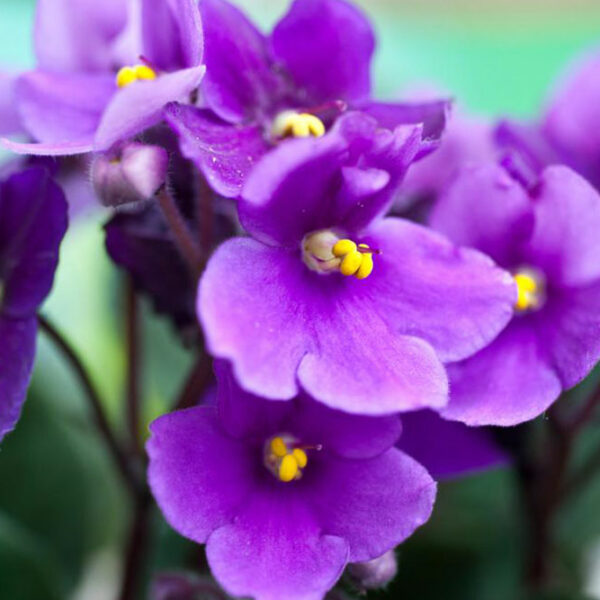
Guide to Compact Tractors
A compact tractor is a smaller version of an agricultural tractor and is used mainly for landscaping, designing, moving snow and estate management tasks instead of agricultural work like pulling, pushing, planting and harvesting commercially. Compact utility tractors usually have hydrostatic transmissions but gear-drive transmission variants are also available at cheaper rates. All compact tractors feature protection structures just like agricultural tractors which can be rolled over and rolled back depending on use. The most well-known brands in North America include Kubota, John Deere Tractor, New Holland Ag, Case-Farm all and Massey-Ferguson. Compact backhoes are often attached to compact utility tractors. There are a number of steps that need to be followed to ensure that your compact tractor is safe and stable before and after every use. Check them out. Look for the basics Check for leaks, loose bolts and worn out cables or hoses. Too much dirt building up in the machine could be a sign of leakage. Replace hoses and clamps periodically and check if the clamps in the drain plug need tightening. Check for hydraulic reservoir fluids as well as sediments. Check if the hazard lights, turn indicators are working properly and PTO shields are in place, as is the neutral switch.
